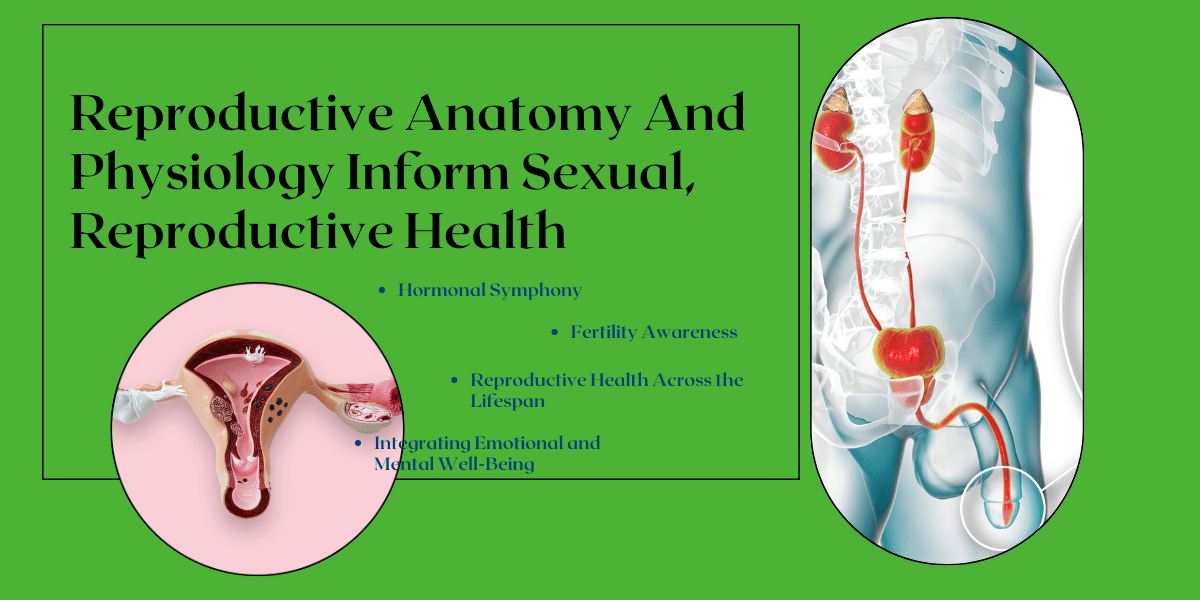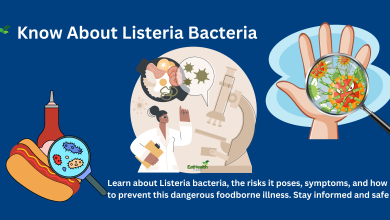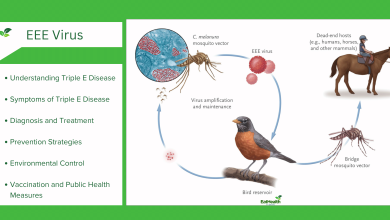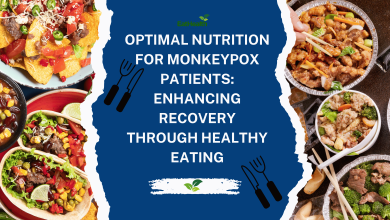Reproductive Anatomy And Physiology Inform Sexual, Reproductive Health
Decoding Reproductive Anatomy and Physiology for Informed Sexual and Reproductive Health Choices
Reproductive Anatomy: Reproductive Health Insights from Anatomy and Physiology
Embark on a comprehensive exploration of reproductive anatomy and physiology, unraveling the intricate mechanisms that underpin sexual and reproductive health. This in-depth journey delves into the knowledge that empowers individuals in making informed decisions about family planning, fertility awareness, and overall reproductive well-being.
I. The Fundamentals: Understanding Reproductive Anatomy
Start by learning the fundamentals of reproductive anatomy and becoming familiar with the subtle differences between the female and male reproductive systems. Learn about the vital organs and systems that are essential to fertility and sexual health.
II. Hormonal Symphony: Physiology of Reproductive Processes
Delve into the hormonal orchestration that governs reproductive processes. From the menstrual cycle to the complexities of male reproductive physiology, understand how hormones drive fertility and impact overall reproductive health.
III. Family Planning Strategies: Is A Holistic Approach?
Navigate through various family planning methods, from traditional to modern contraceptives. Analyze the physiological underpinnings of each technique, providing insight into its advantages, efficacy, and possible pitfalls for both individuals and couples.
IV. Fertility Awareness: Empowering Choices through Knowledge
Examine the idea of “fertility awareness,” in which knowledge of the reproductive cycle serves as a means of family planning. Uncover the physiological indicators of fertility and how tracking them can be a natural and effective approach to conception or contraception.
V. Reproductive Health Across the Lifespan: From Adolescence to Menopause
Examine how reproductive health needs evolve across different life stages. Discuss the physiological changes during puberty, the nuances of sexual health in adulthood, and the transition through menopause, offering a holistic view of reproductive well-being.
VI. Common Issues and Solutions: Addressing Reproductive Health Challenges
Confront common reproductive health challenges, such as infertility, sexually transmitted infections, and hormonal imbalances. Understand the physiological basis of these issues and explore solutions and treatments available for individuals and couples.
VII. Integrating Emotional and Mental Well-Being: The Psychophysiology of Reproductive Health
Recognize the profound connection between emotional well-being and reproductive health. Explore the psychophysiological aspects of sexual health, addressing the impact of stress, mental health, and emotional factors on reproductive processes.
VIII. The Role of Healthcare Providers: Navigating Reproductive Health Care
Understand the role of healthcare providers in reproductive health, from routine check-ups to specialized care. Gain insights into the importance of communication, education, and personalized care in promoting reproductive well-being.
Conclusion: Informed Choices, Empowered Lives
As we draw to a close our investigation, consider how knowledge influences choices about sexual and reproductive health. From understanding anatomy and physiology to making informed choices, this journey empowers individuals to lead lives that align with their reproductive anatomy goals.





